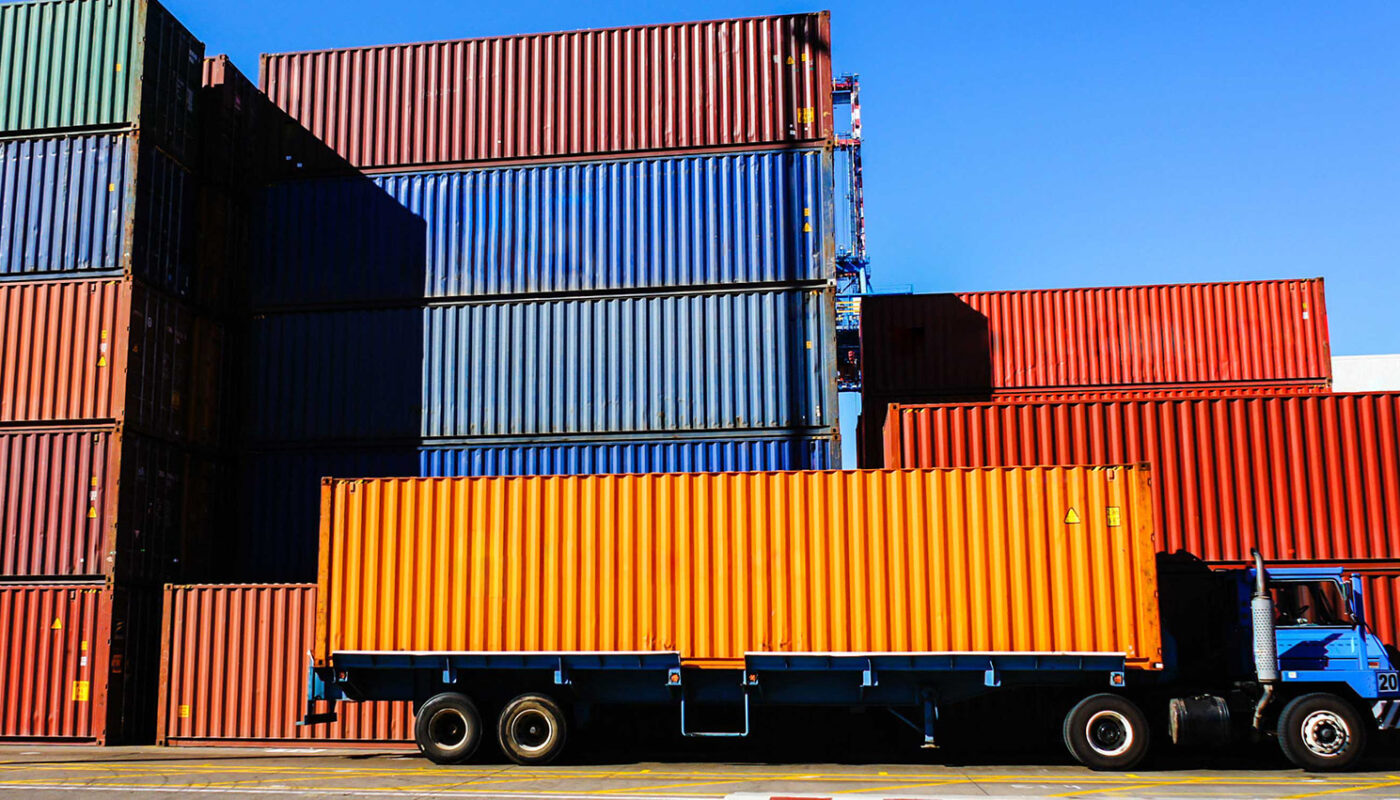Shipping containers transformed global trade by providing a standardized way to transport cargo by ship, truck, and rail. Invented in 1956, the containers allowed for faster loading and unloading of ships which drastically reduced shipping costs. This helped shift the balance of global trade towards transporting a wider variety of goods over longer distances.
Initially, containerization was slow to catch on as shipping lines and ports needed to invest in new infrastructure and container ships. However, by the 1970s, use of containers rapidly accelerated as their economic benefits became clear. Ports were modernized with container cranes and dedicated container terminals. Container ships grew in size, allowing them to carry thousands of containers in a single vessel. International standards were established for container dimensions and design which cemented their role as the modular building blocks of global trade networks.
Today, over 200 million Shipping Containers move by sea each year transporting nearly every type of traded goods. The efficiency of intermodal container transport has connected producers and consumers around the world, lowering trade barriers and supporting unprecedented global economic integration. Shipping containers are arguably one of the most important innovations of the late 20th century in spurring globalization.
Impacts on Global Supply Chains
The adoption of shipping containers massively impacted how goods move through global supply chains. Manufacturers could organize production around standardized container sizes rather than traditional break bulk shipping methods. This allowed companies to make much better use of transportation capacity by combining orders and filling containers.
In turn, international supply chains became more flexible and complex with the ability to source components and ship finished goods easily across seas. Companies started locating different manufacturing processes based on countries’ areas of specialization. for example, putting labor-intensive assembly in countries with lower wages while keeping capital-intensive or high-tech portions where wage costs were lower.
Shipping ports morphed from centers of local trade into global logistics hubs connected by vast intermodal networks. Mega-ships carry thousands of containers at once between Asia, Europe, and North America. China in particular developed huge container port infrastructure as it became the “workshop of the world” exporting vast quantities of manufactured goods. The precision and low costs of container shipping fueled China’s rise as an exporting powerhouse.
Shipping containers lowered the barriers for companies of all sizes to participate in international trade. No longer was specialized heavy lift equipment required to load and unload break bulk cargo. Standard containers could be transferred seamlessly between all modes of transport, opening up global markets for small businesses. The container revolutionized world trade patterns and supply chain logistics in ways that are still unfolding today.
Adapting Containers for Modern Needs
As global trade has grown exponentially with containerization, new products and standards have emerged to address changing demands. Over the past few decades, ships have progressively expanded in size to be able to load more containers through economies of scale. The largest modern container ships can hold over 23,000 TEU (twenty-foot equivalent units), dwarfing the first purpose-built container ship which carried only 58 containers in 1956.
New refrigerated container (reefer) types allow highly perishable foods to be shipped internationally. Tank containers transport liquids like chemicals, oils and beverages. Specialized open-top containers haul outsized or odd-sized cargos. Next generation designs include collapsible containers for returns or empty backhauls to increase utilization rates and reduce costs.
Digital tracking technology has been incorporated like electronic seals and RFID tags to provide real-time monitoring of container locations and conditions. This improves security, traceability, and issue resolution along complex global supply routes. The combination of ever-larger container vessels and smart technologies will further squeeze costs out of the industry to keep globalization on its prevailing expansion path.
Greening the Global Box Fleet
As major contributors to world shipping container vessels face mounting pressure to reduce their environmental impact. The industry aims to stay ahead of tightening regulations on air pollutants and greenhouse gases through innovations across ship designs and operations.
Initiatives include optimized routing using weather data to save fuel, onboard exhaust scrubbers, advanced coating types to improve hydrodynamics, and trials of zero-carbon fuels. Alternative propulsion systems are also in testing like liquefied natural gas (LNG) fuel cells and wind-assisted technologies. Ships may start harnessing renewable energy from solar panels or kites to provide some of their power.
Ports are investing in shore power connections and electric cargo handling equipment to curb local air pollution from docked container vessels. Intermodal rail transport helps alleviate highway congestion emissions in busy port cities. Companies participate in efficiency programs addressing emissions across their whole supply chains. Continued industry cooperation will be vital to balance environmental stewardship with growing global trade volumes in the container shipping sector.
Shipping containers have had transformative impacts on economies and societies worldwide since revolutionizing freight logistics in the latter 20th century. Constant adaptation keeps container transport on the cutting edge of meeting rising international trade demands while addressing sustainability challenges of the future. With no end in sight for globalization, containers will remain essential building blocks powering interconnected global supply chains for decades to come.
*Note:
1. Source: Coherent Market Insights, Public sources, Desk research
2. We have leveraged AI tools to mine information and compile it




